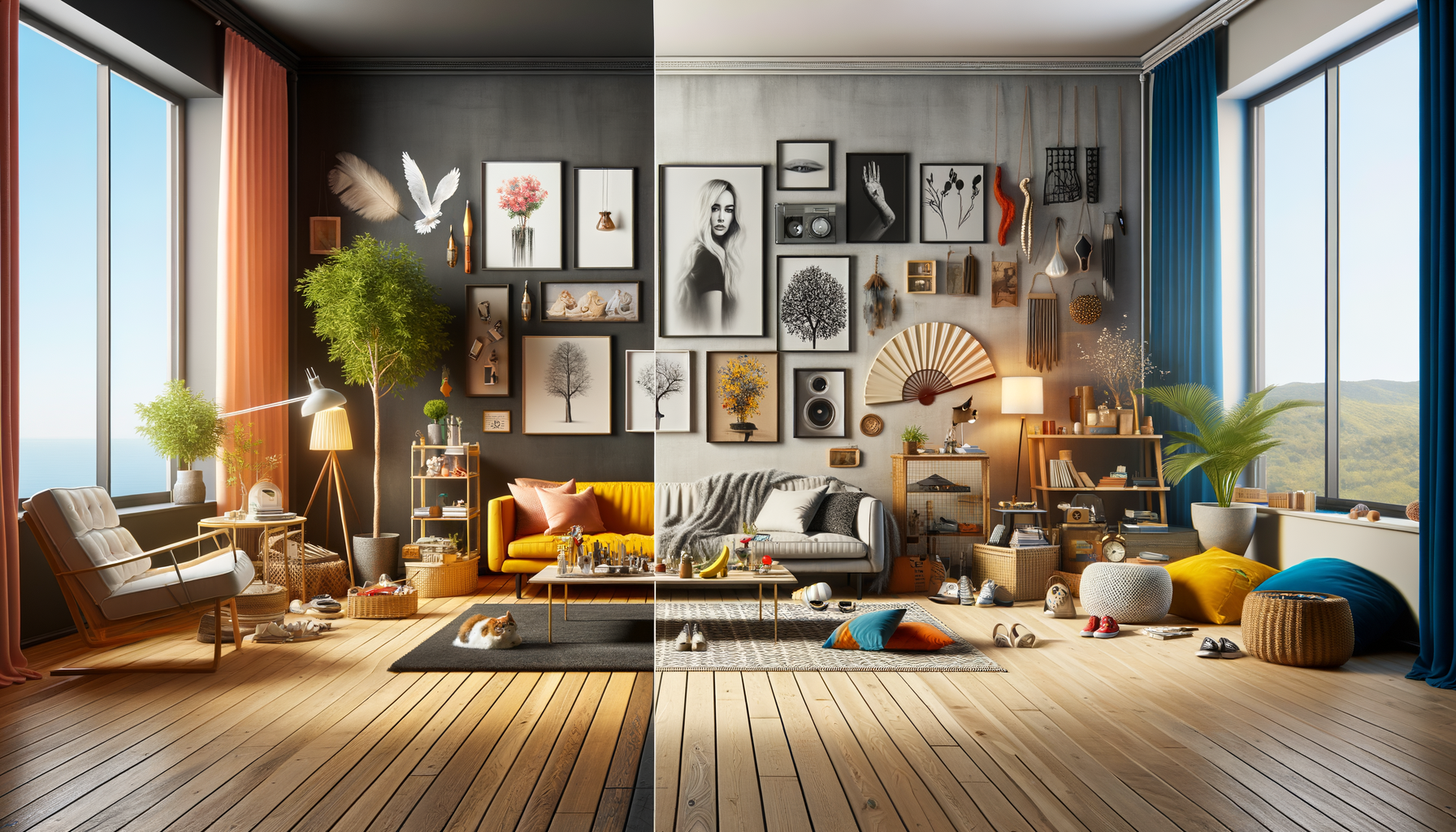Balancing Taste and Budget: Navigating Home Decoration Disputes with Your Significant Other

When it comes to decorating a shared living space, it’s not uncommon for couples to face a few disagreements. Whether you’re moving in for the first time or just looking to refresh your current abode, finding a balance between personal tastes can be quite the tightrope walk. However, with a bit of patience, open communication, and a few savvy design principles, you can create a harmonious environment that makes everyone feel at home.
One of the primary challenges in merging decor styles is the sheer difference in individual preferences. For instance, one half of the couple might lean towards modern, minimalist aesthetics, preferring clean lines and neutral colors. On the other hand, the other half might be drawn to a more eclectic or traditional design, favoring bold patterns and vibrant hues. The key to bridging this gap is finding common ground. Start by identifying elements that both of you appreciate, whether it’s a particular color palette, a shared love for certain types of furniture, or a mutual interest in specific art styles. This consensus helps build a foundation that satisfies both parties.
Budget is another significant aspect to consider. Deciding on how much to invest in decorating is tricky, especially if one person is more financially cautious while the other is willing to splurge for that perfect piece. It’s essential to have an open dialogue about finances right from the start. Establish a budget that works for both of you, and prioritize purchases that will give you the most bang for your buck. Sometimes, compromising on a combination of high-end statement pieces and affordable, functional items can meet both style and budget requirements.
Functionality should not be underestimated when it comes to shared spaces. Each piece of furniture, every accessory, and all decorative items should serve a purpose that enhances daily living. Discuss which functions are non-negotiable for each of you. Perhaps one person needs a dedicated workspace, while another values a cozy reading nook. Understanding these priorities allows you to design a space that doesn’t just look good, but also works well for both of your day-to-day needs.
Don’t forget the power of compromise. One way to navigate varying tastes is to assign different areas of the home to each person. Maybe one partner gets to decorate the living room, while the other takes charge of the bedroom. Alternatively, you can each choose specific elements for common areas, such as one person selecting the color scheme while the other decides on the furniture layout. Swapping control in this way ensures that everyone feels they have a part in the home’s aesthetic.
Incorporating personal items is another wonderful way to blend styles. Display meaningful pieces that reflect your histories and interests. Whether it’s travel souvenirs, family heirlooms, or cherished photographs, these items bring warmth and personality to your space. They also serve as conversation pieces that tell the story of your lives together.
Ultimately, creating a cohesive yet individually expressive living space is about respecting each other’s tastes and finding intersecting points that both enjoy. It’s less about winning at decor and more about celebrating the journey of creating a home that represents both of you. With thoughtful discussion, careful planning, and a willingness to compromise, you can craft a living environment that feels like a true partnership in every sense.
